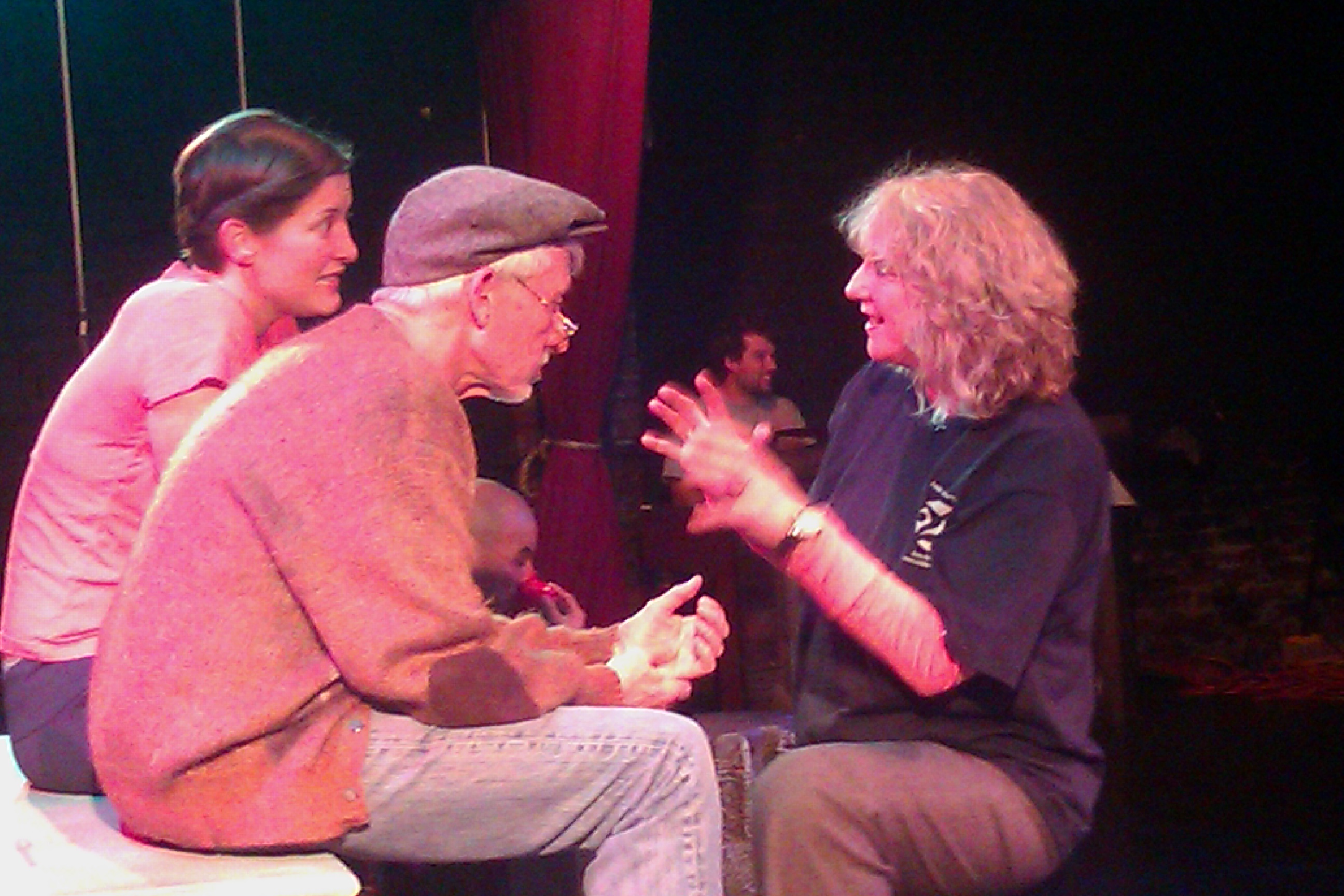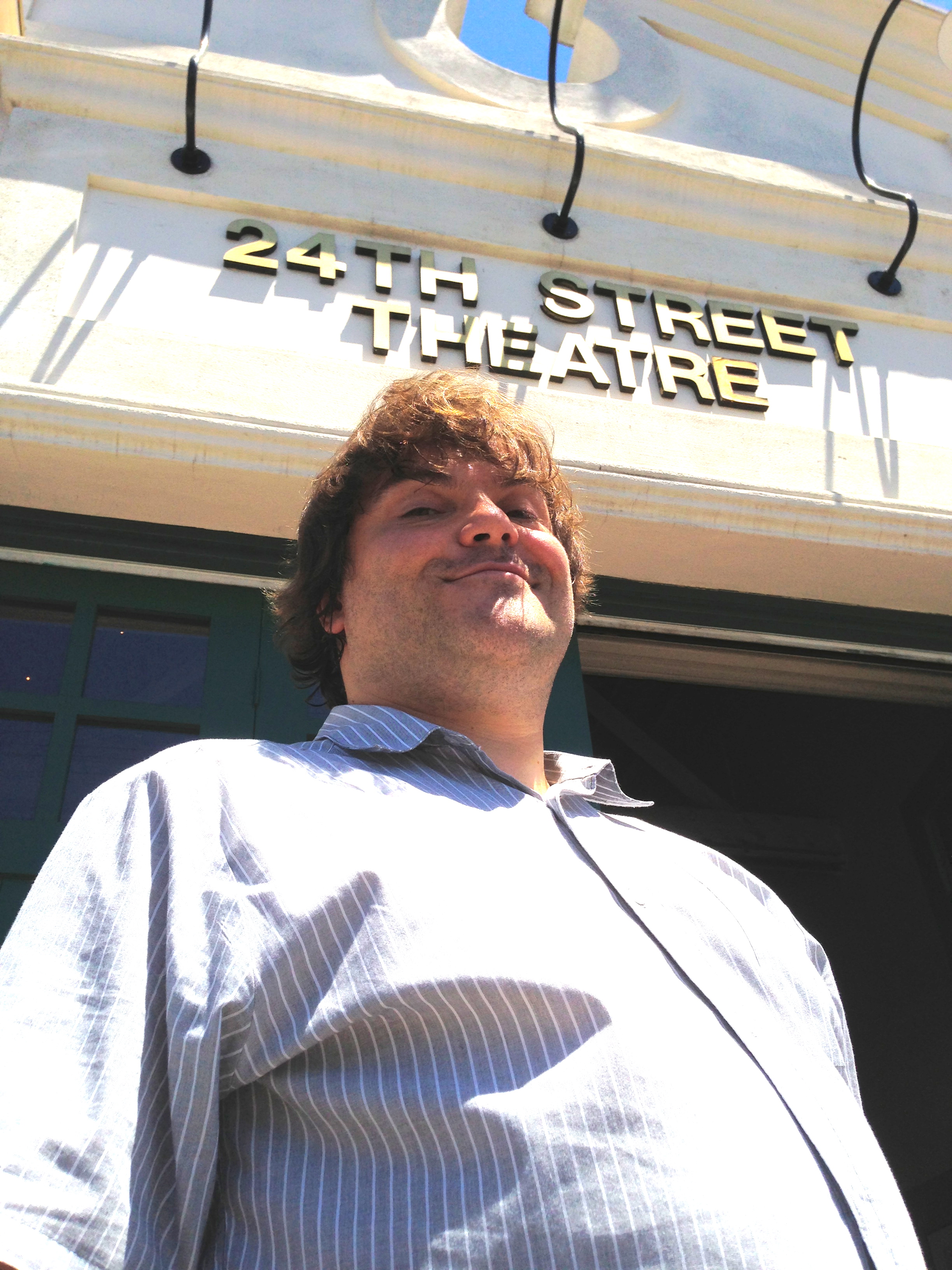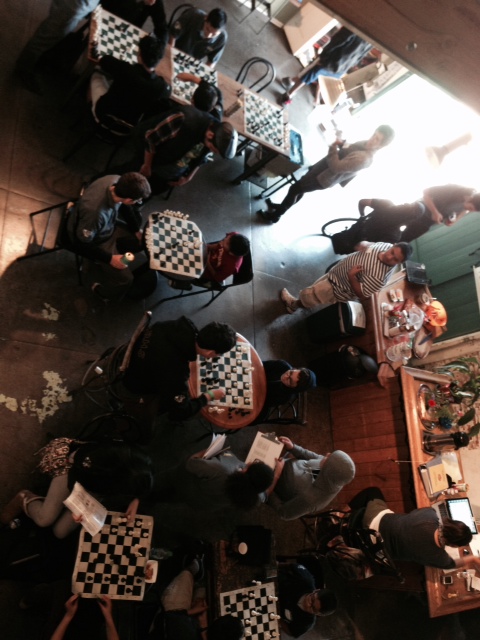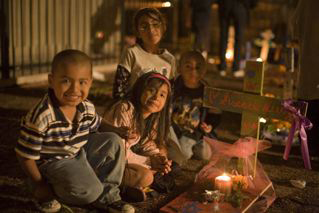Culver City News Spotlight on 24th Street Theatre
Spotlight on 24th Street Theatre
by Kat Michels
It is amazing how one moment can define everything. How one simple moment, that seems inconsequential at the time, can actually be the forbearer of everything that is about to come. 24th Street Theatre had that moment shortly after moving into their new space. While hanging the grid a young boy walked into the converted carriage house and asked what in the heck they were hanging up all of those lights for. They could have shooed him away, told him to come back when they were open. Instead, they climbed down off their ladders and to their amazement learned that this little boy had no idea what theater was. They didn’t know it at the time, but the way that they approached that boy would be the way that their company would approach everything they were to do in the years that followed. By the time that the little boy left, his eyes had been opened to the amazing world of theater and the 24th Street Theatre had taken its first step toward a new approach to what a theater company can be for its community.
From the outset, 24th Street was built on one fundamental and inscrutable belief – at a certain point doing art for art’s sake is no longer good enough. Art needs to matter. It needs to make a difference. First things first, establish themselves as a professional theater that produces high quality work. Second, build an arts education program to bring theater to students who wouldn’t normally get to experience that wonder. Third, reach out into and become not only an active participant, but a resource for the community in which they had chosen to locate their new home. The work laid out before them was daunting, but they were more than up for the challenge.
Photo Provided by 24th Street Theatre
Where the professional theater and educational outreach aspects of the company are concerned, the numbers speak for themselves. 24th Street’s productions have been winning awards for years. Their most recent production, “Walking the Tightrope” directed by artistic director Debbie Devine, garnered 17 award nominations, resulting in 7 wins – including Best Production – and is currently on tour across the United States. Even more astounding, “Walking the Tightrope” is a children’s show. In 2012, 24th Street Theatre announced that they were going TYA, or Theatre for Young Adults. They made this shift not because they love children’s theater, quite the opposite, they hate it. They hate that it is largely simplistic, pandering and coddling to the youth that watch. With few exceptions TYA is filled with bright colors, happy topics and bored parents. “Walking the Tightrope” shatters this mold. It is just as engaging for parents as it is children and elegantly addresses the topic of losing a grandparent. It is complex with layers of imagery and symbolism and absolutely mesmerizing. At the age of six I would have loved it. By the age of eight, after losing my grandfather, I would have found a warm comfort and understanding that wasn’t provided to me anywhere else. As an adult, I was moved by its beauty and grace and had no idea that it was produced as TYA. Like the little boy, my eyes were opened to the kind of quality and depth that can, and should, exist in the TYA world.
When not directing award winning theater, Devine acts as 24th Street Theatre’s education director for both classes held at the theater and Enter Stage Right (ESR), an arts education program started in 2003. ESR started small serving just five schools. However, by the end of the school year they had expanded to 25 schools. The next year they served 35. 2005 saw 50 schools on the schedule, followed by 65 and then 80, until Enter Stage Right had grown into one of the largest Arts Ed programs in the country serving 11,000 students in 110 schools in the LA Metro area. Those numbers dropped significantly when the economy fell and school districts cut their arts funding drastically if not completely. However, through generous sponsors and grants 24th Street has raised over a quarter of a million dollars to underwrite this invaluable program and hopes to bring the number of students they serve back up to the pre-funding-cuts numbers by the end of 2015.
24th Street is so committed to bringing theater into schools that they partnered with Farmers Insurance and the actor Jack Black, a protégé of Devine’s, to put together an interactive video and curriculum that can be used in schools across the country. The program, featuring Black in the video, comes complete with cross-curricular lesson plans using theater to teach math and history as well as language arts. Black and Devine appeared at a press conference in December of 2013 to kick off Farmers Insurance “Thank a Million Teachers” initiative, with Devine being honored as the first teacher thanked.
These numbers speak for themselves. They would be impressive coming out of a large organization, but coming out of small organization that boasts a 99 seat theater and only four full-time staff members, these numbers are astonishing and speak volumes to the caliber, dedication and vision of the people involved. However, it is the enigmatic community involvement aspect of 24th Street Theatre that is perhaps the most intriguing. Unlike their theater and education successes, which are easily quantifiable, their community outreach is more easily felt and seen than quantified.
I had arrived early at the theater for my meeting with executive director Jay McAdams. However, instead of finding a deserted lobby, which is what I had expected, I found myself in the midst of a lobby abuzz with energy. There were tables lined up, each with a chess board, and every seat was filled as well as a good number of kids without seats. These were not strictly your stereotypical theater kids either. It was as if somebody had walked through the neighborhood and rounded up every kid, and a few adults for good measure, and ushered them into the lobby. At some tables students played students, and at others adults instructed students on the fine art of strategy. There were snacks and kids milling about, but none of them with that bored look of anticipation waiting for something better to come along. They were energized with a purpose that only adolescents can truly comprehend. On the wall there was a large sheet of paper loudly announcing what colleges each of the high school seniors had been accepted into. With no small amount of pride, I watched as one student added on the name of another school. I quickly realized that I had not stepped into a theater lobby, nor had I stepped into an after-school program. I had stepped into a second home. These kids were at home in a theater lobby.
Eventually McAdams walked over to shake my hand and introduce himself. He sheepishly, but proudly, explained to me that the area schools let out early on Wednesdays, so a community member suggested doing a chess club. Despite a fear that no one would be interested, the theater opened its doors and resources to the community and like Costner’s “Field of Dreams,” they came. There was a need and it was filled. I had also noticed that there was a subtle Hispanic flair to the decor, including a series of pictures chronicling the theater’s 15th year, which they had labeled as theirquinceañera. I asked if this had always been the plan or if it had come about through interactions with the local community. Without hesitation McAdams explained that it came about exclusively because of the community. Over the years 24th Street had produced numerous free community and cultural events, many of them, like their Dia de los Muertos celebrations, were geared toward the largely Hispanic population that live around the theater. These events quickly became popular and the 24th Street Theatre gained the reputation in the neighborhood as a place where people could congregate and feel at home. 24th Street’s After ‘Cool program was well attended and provided opportunities for high school seniors to go on field trips into parts of LA that they wouldn’t normally visit and see colleges so that the culture shock of stepping foot on a college campus for the first time would be lessened. These students became role models for the younger students and left big shoes to fill when they began their collegiate studies.
Dia de los Muertos Celebration Photo Provided by 24th Street Theatre
However, while their neighbors would flock to their community events and send their kids to After ‘Cool, they never showed up for the theater productions. That’s when it occurred to 24thStreet, that plays written by dead northern Europeans didn’t exactly have a big draw to a Hispanic community. Therefore, to achieve their vision of combining theater and community so that a member from the Board of Directors could enjoy a glass of wine while discussing the evening performance with the guy that lives down the street, they needed to diversify their offerings. Like the little boy, they approached this new venture into Hispanic theater and art with open eyes and inquisitive minds. However, having no previous experience to gauge their work against, they had no idea if the work they were doing was any good. So they brought in an expert. Jesus Castaños-Chima, a theatre artist from Mexico, became 24th Street Theatre’s Director of Latino Theatre Programs. Through this collaboration the theater’s Latino work improved and so did the diversification of their audiences. In 2011 “La Razon Blindada,” a production performed entirely in Spanish with English supertitles, became the first Spanish-language play to win LA Weekly’s Production of the Year Award. With more interest being shown for their work, 24th Street began a series of International collaborations with the US Embassy in El Salvador and the Mexican government as well theaters in Mexico, Colombia, El Salvador, Ecuador and elsewhere. They use these trips as a microcosm of the big picture of their work that they carry out in Los Angeles. While abroad they not only bring a production, but workshops for teachers, their students and ways that the organizations can reach out into the neighborhoods to make a difference.
There it is again, make a difference. McAdams describes their organization as being composed of three buckets – professional theater, arts education and community outreach. However, from an outsider’s perspective it’s one bucket. A bucket full of the love for theater and the good that theater can do for an individual, a community and the world at large. 24th Street Theater isn’t about art for art’s sake. They’re about art that can change and shape the world around them for the better. At the corner of 24th Street and Hoover you will find the model of a new kind of theater company. One that opens its arms to all those around it and asks, “What can we do for you?” And it all started with the choice of climbing down off of ladders to answer the questions of a little boy.





